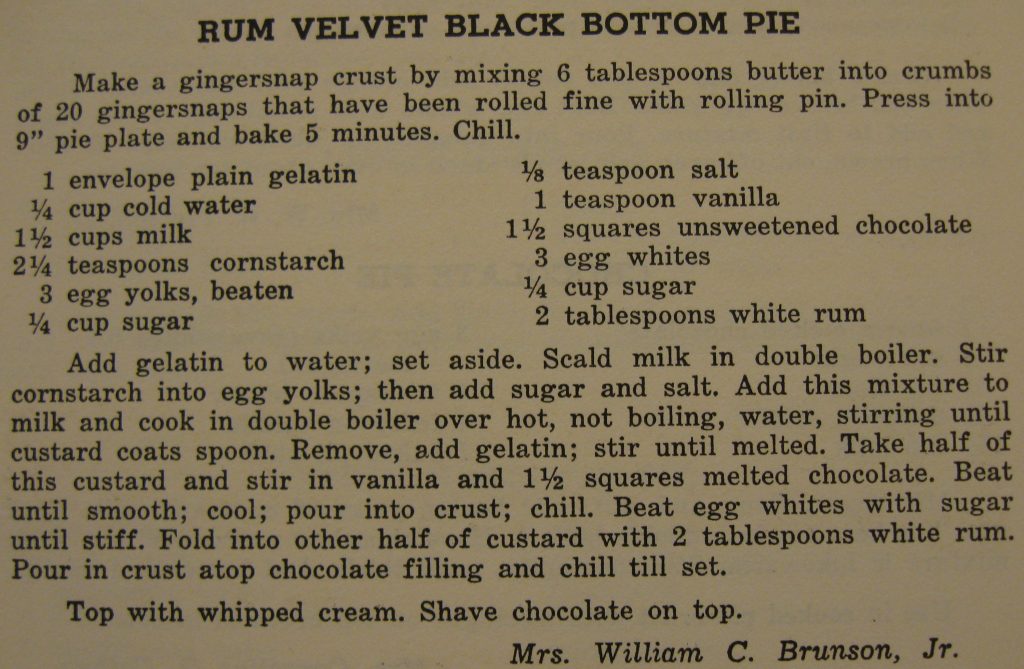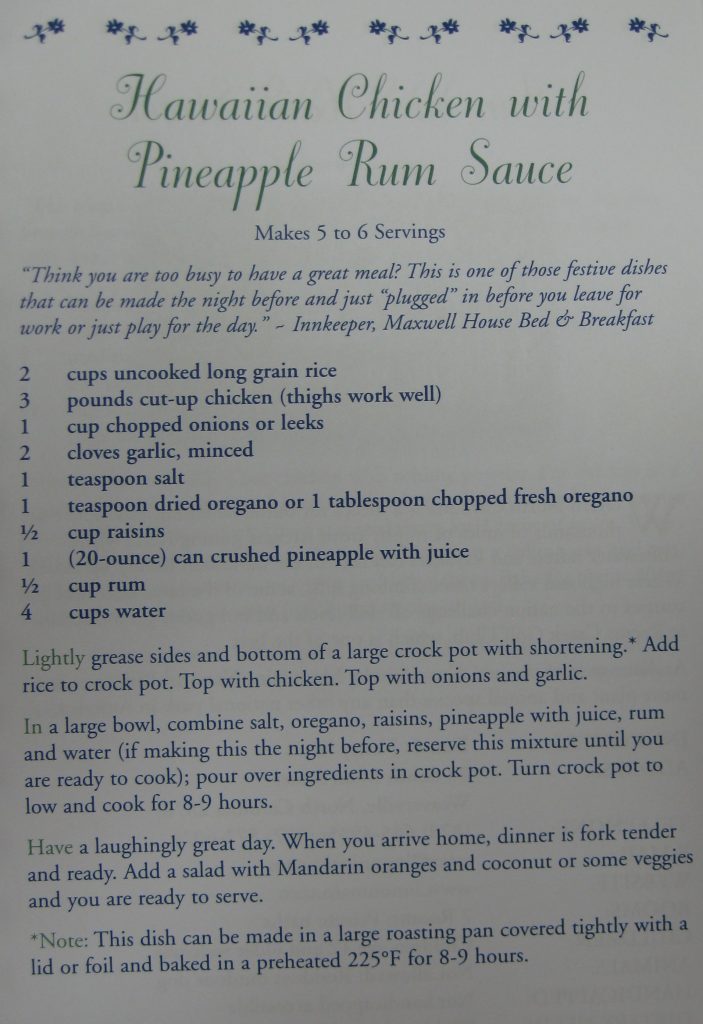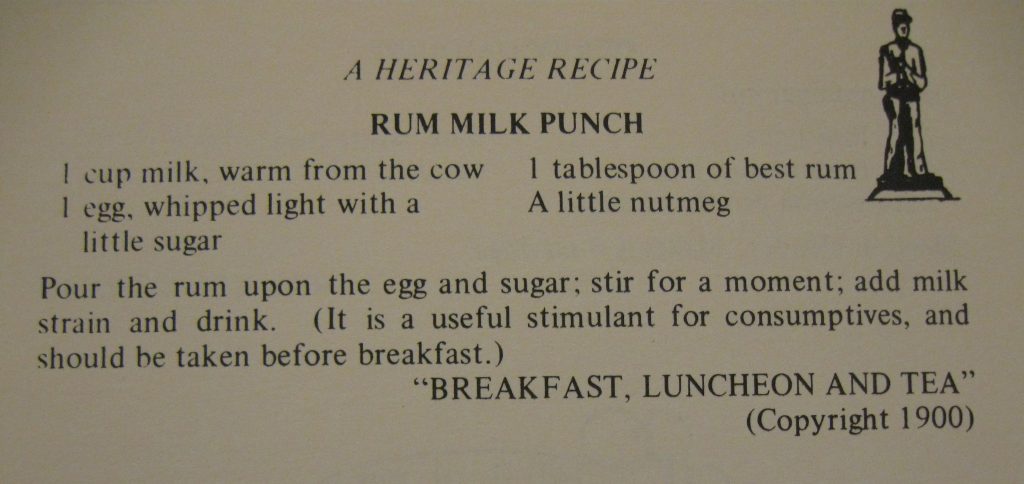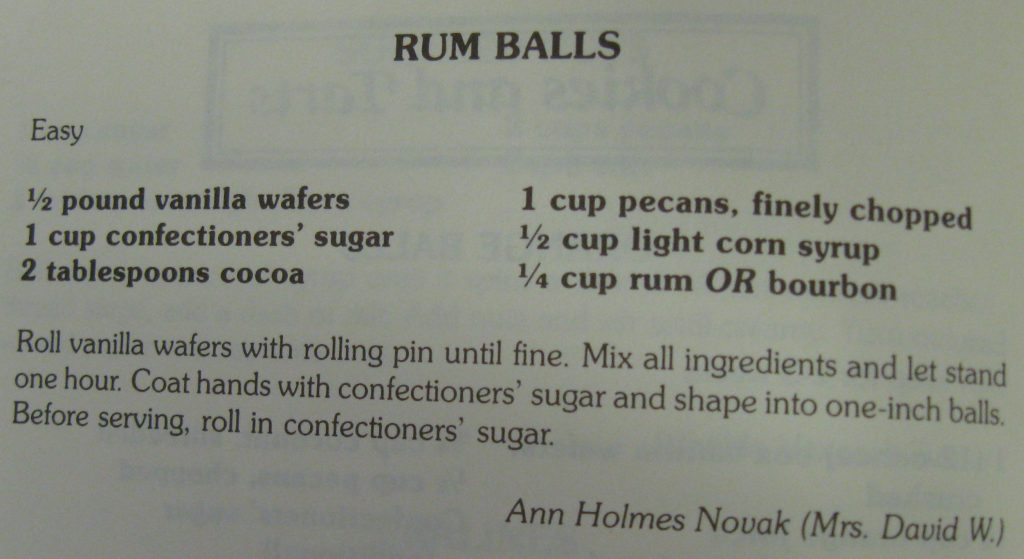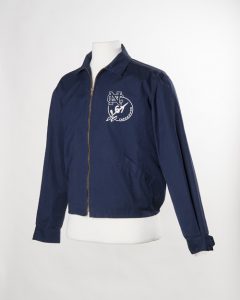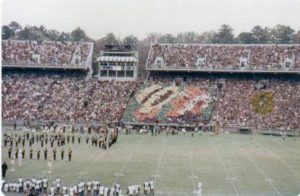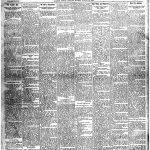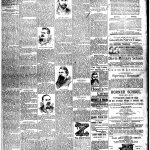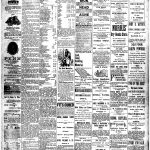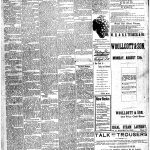“During [the 1870s] in Windsor, North Carolina, raucous turkey shoots and bearbaitings remained popular…. On Saturday, men gathered in saloons and ‘presently a dispute would arise [and] everyone would rush to the scene of the battle,’ according to a fascinated onlooker. Within a few moments the street would be filled with fighters, ‘a half acre of them, swearing and tearing at each other’s clothes, and all about the most trifling incident…. To miss a part in a free-for-all fight was considered a sore disappointment.’
“So intense was the desire of spectators to see the fighting in Williamston, North Carolina, ‘that they would often climb up on each other’s shoulders’…. When a battle would start one man would jump in, and ‘then another and another would go on until the battle would wax fierce and general.’
“In Martin County should anyone try to halt the fight or interfere, another spectator would ‘spring upon the interloper’ and stop him, ‘often leading to another brawl.’
“An English visitor to North Carolina was shocked to see men butting heads — a popular method of fighting in some locales — ‘as practiced in battle between bulls, rams and goats.’ ”
— From “Jolly Fellows: Male Milieus in Nineteenth-Century America” by Richard Stott (2009)
Early North Carolina’s lust for “rough and tumble” and gouging is well established, but contemporary accounts always capture my attention.


